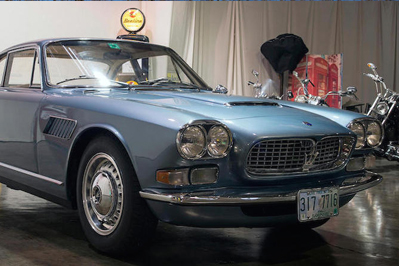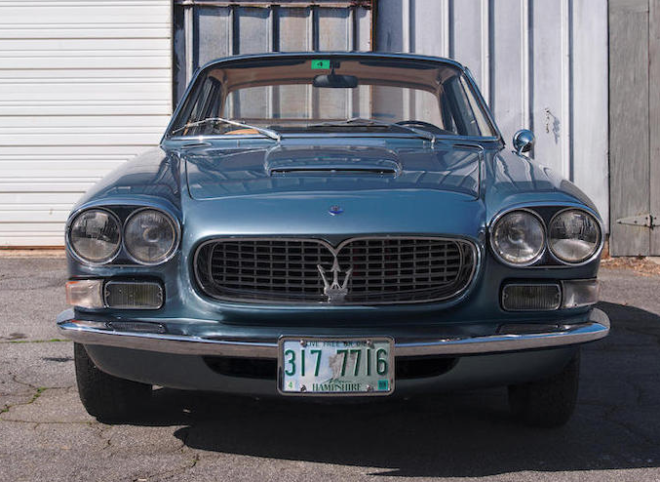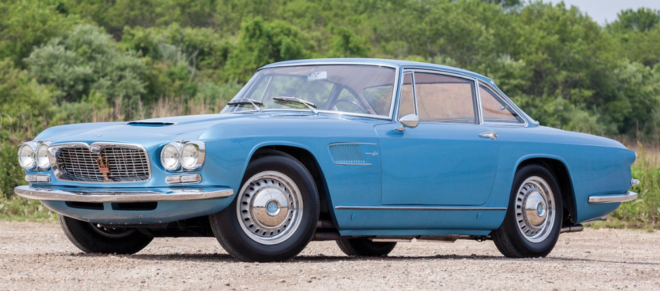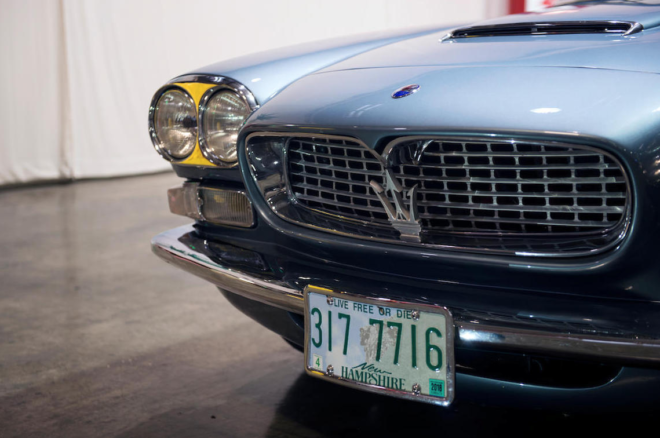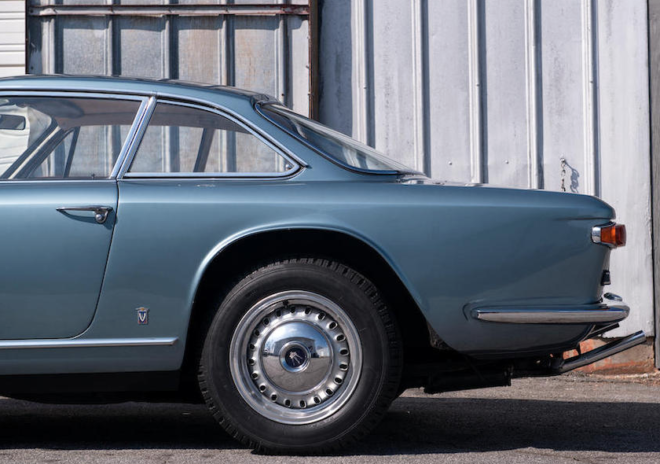A Classic Six-Cylinder GT
It took Maserati five years after Juan Manuel Fangio and Jean Behra won the 12 Hours of Sebring in the marque’s 450S sports racer (and a Maserati 300S took second) before the company put the “Sebring” name on a road car. In fact, the Maserati in question was called 3500 GTiS for its first two years, since it was the direct successor to the 3500 GT introduced in 1957.
Perhaps Maserati took inspiration frm Ferrari appropriating names of races in which it had competed or won. That includes “Mexico” for La Carrera Panamericana and “Tour de France.” Or, could impetus have come from Pontiac’s success with a compact brazenly named after the 24 Hours of Le Mans? Perhaps a fortune teller predicted that the Sebring name might one day end up on a Chrysler convertible popular with rental fleets.
No matter. The Maserati Sebring was a deft update on the 3500 GT with design and coachwork by Vignale. It was another masterpiece grand tourer and the start of a prolific period for the marque. Maserati built just under 600 Sebrings, in two series, through 1966. Bonhams is offering a 1965 Series II model at its Amelia Island auction, with a Pre-sale estimate of $275,000-$325,000.
Maserati’s Growth Spurt
Originally, Maserati was building road cars in tiny batches in the late 1940s through mid-1950s. In 1957, Maserati moved into full “production” mode with the 3500 GT . Production of the 2,000 coupes continued through 1963, along with 245 Vignale-built 3500 Spyders.
The Maserati Sebring’s build was on the shorter Spyder wheelbase (98.4 in. vs. 102.4 in. for the coupe) and featured with the upgrades the 3500 had gained, including Lucas mechanical fuel injection for the racing-derived inline six-cylinder engine. In addition, a ZF five-speed manual transmission, and four-wheel disc brakes. Lastly,, the 3.5-liter engine produced about 235 hp. The availability of an optional three-speed automatic transmission and air conditioning bolstered the Sebring’s appeal in America.
Vignale’s design for the Sebring featured crisper lines than the 3500 GT and a four-headlight face similar to the Maserati Quattroporte sedan that arrived in 1963. Likewise, The Sebring bore a slight resemblance to a one-off 3500 GT done by Frua in 1961, and, coincidentally, scheduled for the RM | Sotheby’s Amelia Island auction.
Going Head to Head with Aston Martin
Mechanically, the Maserati Sebring is closer in spec to the Aston Martin DB5 than a Ferrari of the period, but was a higher price than the Aston. Like the 3500 GT, the Sebring’s chassis featured a leaf-spring solid rear axle. The setup was just fine for the car’s mission as a high-speed tourer. Despite the shortened wheelbase compared to the earlier 3500 GT coupe, the Sebring had a +2 back seat, although with very little legroom for actual passengers.
Maserati updated the Sebring as the Series II for 1965, giving it a larger-displacement 3.7-liter version of the six making about 255 horsepower. In addition, the front end was updated and taillights were now horizontal. Some models were built with the 4.0-liter engine also used in the Maserati Mistral. In 1966, the somewhat larger, V8-powered Mexico replaced the Sebring.
Ready for Touring
The 1965 Maserati Sebring offered by Bonhams was built in July 1965 and delivered to a customer in Rome. Although the car’s history after the first owner is not well known, its equipment and Azzuro Vincennes color with Senape interior have been verified by the Maserati Classiche program. The optional air conditioning makes the car a good candidate for touring events.
The Lucas fuel injection remains intact and, according to Bonhams, has been attended by proper Maserati specialists. (It was not uncommon in decades past for owners to swap the fuel injection for carburetors.) In addition, the brakes, clutch, and steering box have a service recently.
The Maserati Sebring today offers a more accessible entry into vintage Italian GT driving than its Ferrari contemporaries. A beautiful color combination makes it all the more appealing.
Written by Jim Koscs, Audamotive Communications
For Premier Financial Services

